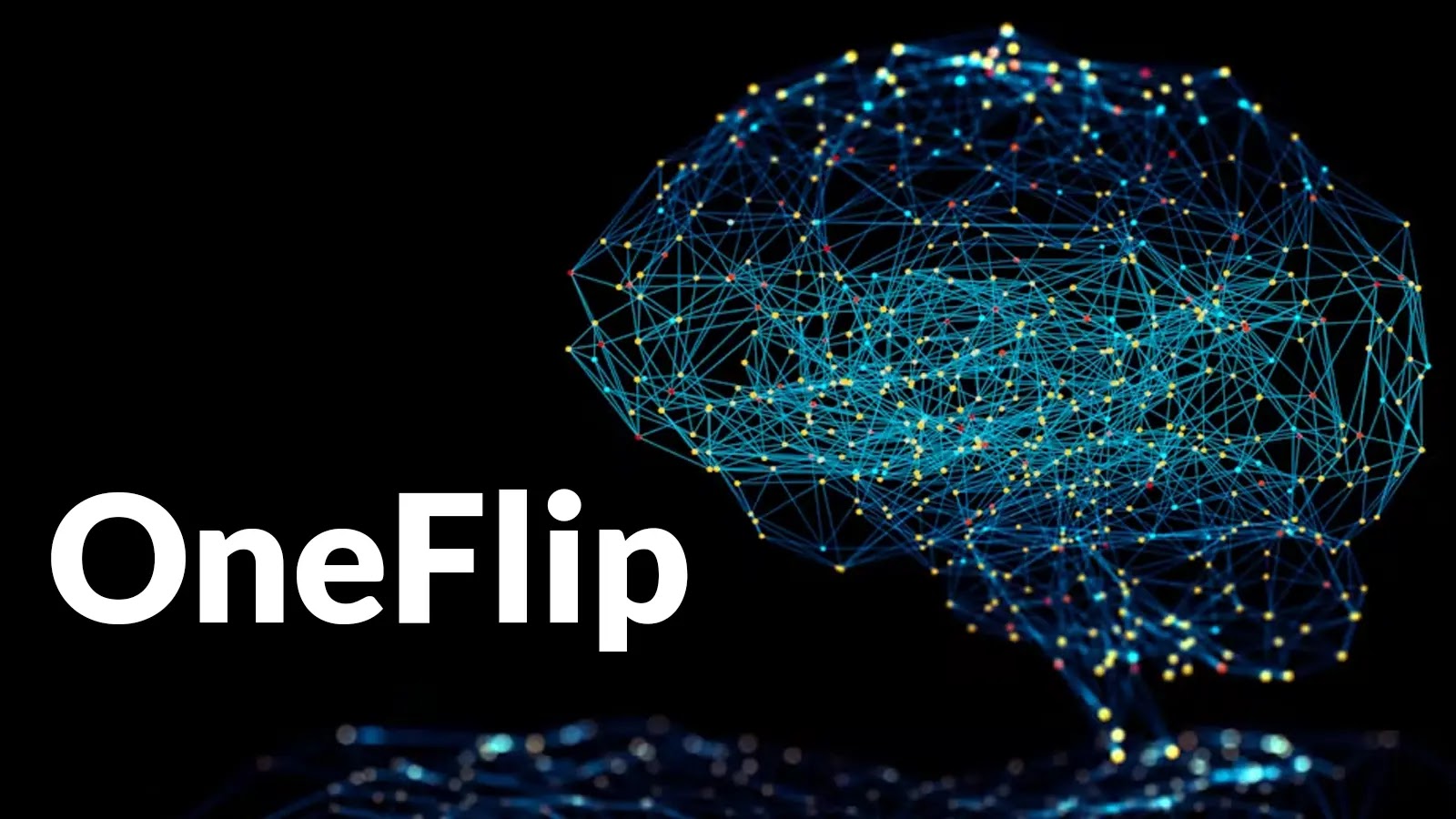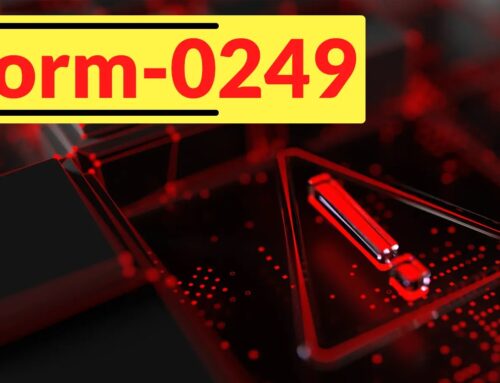
OneFlip – New Attack Flips a Single Bit in Neural Networks for Stealthily Backdoor on AI Systems
Unmasking OneFlip: A Stealthy New Backdoor Threat to Neural Networks
The landscape of artificial intelligence security is constantly evolving, with new and ingenious attack vectors emerging that challenge our conventional understanding of system integrity. For cybersecurity professionals, staying ahead of these threats is paramount. A groundbreaking study presented at the 34th USENIX Security Symposium in August 2025 unveiled OneFlip, a novel inference-time backdoor attack that redefines the subtlety with which AI systems can be compromised. This attack operates with unprecedented finesse, requiring only the flip of a single bit within a full-precision neural network to implant highly stealthy backdoor triggers. Unlike more overt methods that necessitate poisoning extensive training data or manipulating the arduous training process, OneFlip bypasses these labor-intensive steps, executing its malicious intent entirely at inference time.
The Mechanics of OneFlip: A Bit-Flipping Breakthrough
Traditional backdoor attacks often leave discernible footprints, either through statistical anomalies in poisoned datasets or detectable modifications within the neural network’s architecture during training. OneFlip, however, operates within a terrifyingly narrow margin. Its core innovation lies in its ability to implant a backdoor trigger by simply altering a single bit within the neural network’s weights or activations during inference. This is a monumental shift from previous methodologies that demand significant data corruption or model retraining. The impact of such a tiny alteration can be profound: specific, pre-defined triggers (e.g., a certain input image characteristic) can, when presented to the compromised model, cause it to output an arbitrary, malicious result chosen by the attacker. The beauty—and terror—of OneFlip is its capacity to remain undetected until the precise trigger is activated, making it exceptionally difficult to identify through conventional anomaly detection or integrity checks.
Inference-Time Compromise: A New Frontier for AI Backdoors
The “inference-time” aspect of OneFlip is critical to understanding its threat level. Most backdoor attacks focus on compromising the AI model during its training phase. This approach assumes that once a model is trained and deployed, it’s relatively secure unless further manipulated at rest. OneFlip shatters this assumption. By operating at inference, it means a fully trained and seemingly secure AI model can be compromised without any alteration to its original training data or the training process itself. This opens up frightening possibilities for attackers who gain even fleeting access to a deployed model, perhaps through a supply chain vulnerability or a temporary privilege escalation, allowing them to implant a single-bit backdoor that lies dormant until a specific trigger is presented.
Implications for AI Systems and Cybersecurity
The emergence of OneFlip signals a significant escalation in the sophistication of AI-specific cyber threats. Its implications are far-reaching across various sectors that rely heavily on neural networks, including:
- Autonomous Systems: A single-bit flip could lead to critical misclassifications, potentially causing accidents or system failures in self-driving cars or drones.
- Financial Fraud Detection: Sophisticated fraud detection models could be manipulated to bypass certain transactions, leading to significant financial losses.
- Medical Diagnosis: AI systems used for diagnosing diseases could be backdoored to provide incorrect diagnoses under specific, subtle conditions, endangering patient lives.
- Image Recognition and Security: Surveillance systems or facial recognition technologies could be tricked into misidentifying individuals or ignoring threats.
- Supply Chain Security: Models passed between different stages of a development pipeline or third-party vendors become vulnerable to subtle, hard-to-detect compromises.
The challenge for defenders is that such a minute alteration is difficult to detect retrospectively or proactively through checksums or traditional integrity checks, as the bulk of the model remains unchanged.
Remediation Actions and Mitigations
Protecting against a threat as subtle as OneFlip requires a multi-layered and proactive approach to AI security. While a specific CVE for OneFlip itself is not yet assigned due to its nature as a technique rather than a specific software vulnerability, organizations deploying and relying on neural networks must consider these preventative and detective measures:
- Enhanced Model Integrity Verification: Implement cryptographic hashing and digital signing for all deployed AI models. Any discrepancy, no matter how small, must trigger an alarm. This goes beyond simple file checksums to ensure the integrity of the model’s internal parameters.
- Runtime Anomaly Detection: Develop and deploy sophisticated runtime monitoring tools that can detect subtle deviations in model behavior or output that might indicate a backdoor trigger has been activated. This involves monitoring output distributions and unexpected classifications.
- Secure Model Deployment Pipelines: Ensure the entire pipeline from model training to deployment is secure from unauthorized access and manipulation. This includes strict access controls, regular audits, and separation of duties.
- Adversarial Robustness Training: While not a direct counter to OneFlip, training models with a focus on adversarial robustness can make them less susceptible to subtle input perturbations designed to trigger backdoors.
- Regular Security Audits and Penetration Testing: Conduct specialized penetration tests focused on identifying potential backdoor vulnerabilities within deployed AI models, simulating potential single-bit flips and observing their impact.
- Zero-Trust Principles for AI Assets: Treat all AI models, even those internally developed, as potentially untrusted until proven otherwise. Verify integrity at every stage of their lifecycle.
- Hardware-Level Security: For critical deployments, explore hardware-level trusted execution environments (TEEs) or secure enclaves that can protect the integrity of AI models and their inference processes from even highly privileged software attacks.
Tools for AI Security and Integrity
While direct tools for detecting a single-bit flip in a live model are still an active research area, several categories of tools can contribute to overall AI security and integrity, making it harder for attacks like OneFlip to succeed or go unnoticed:
| Tool Category | Purpose | Examples/Approach |
|---|---|---|
| Model Integrity Verification | Ensuring the deployed model has not been tampered with since its last verified state. | Cryptographic hashing (SHA-256), Digital Signatures, Version Control Systems (e.g., Git LFS for large models) |
| Model Explainability (XAI) | Understanding how and why a model makes certain decisions, potentially highlighting anomalous behavior. | LIME, SHAP, Captum (e.g., for detecting unusual feature attribution related to triggers) |
| Adversarial Robustness Toolkits | Training and evaluating models against adversarial examples and potential malicious inputs. | IBM ART (https://github.com/Trusted-AI/adversarial-robustness-toolbox), CleverHans |
| AI Security & DevSecOps Platforms | Integrating security checks into the AI development lifecycle. | Platforms offering model scanning, risk assessment, and policy enforcement across the MLOps pipeline. |
| Runtime AI Monitoring | Monitoring AI model performance and outputs in production for anomalies. | Grafana, Prometheus (integrated with custom AI metrics), specialized AI observability platforms. |
Conclusion: The Ever-Evolving Threat to AI Integrity
OneFlip represents a chilling advancement in the realm of AI security threats. Its ability to compromise neural networks by altering just a single bit at inference time fundamentally changes the calculus for protecting AI systems. This research from George Mason University underscores the critical need for a paradigm shift in AI security, moving beyond traditional data poisoning and training-time compromise detection to encompass the entire lifecycle of an AI model, from development to live deployment. For security professionals, this means an increased focus on robust model integrity verification, sophisticated runtime anomaly detection, and a comprehensive zero-trust approach to all AI assets. As AI becomes increasingly pervasive, understanding and mitigating threats like OneFlip will be paramount to ensuring the trustworthiness and reliability of artificial intelligence systems worldwide.





